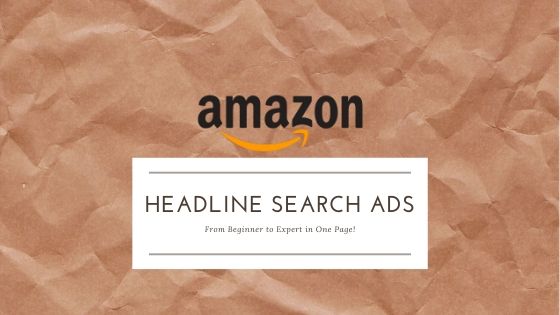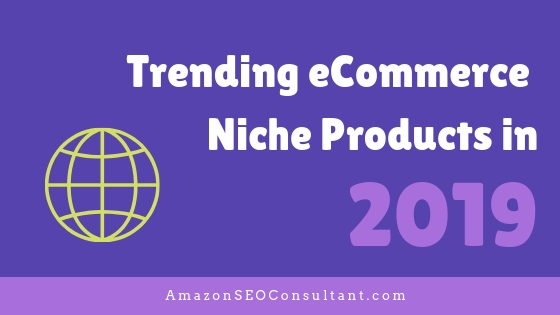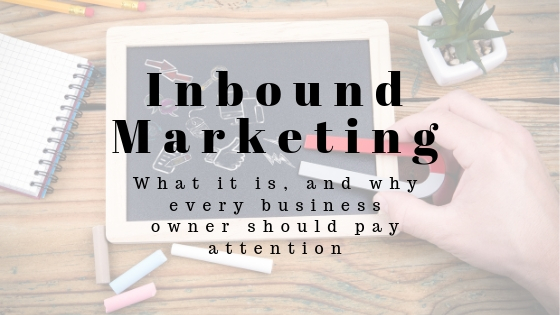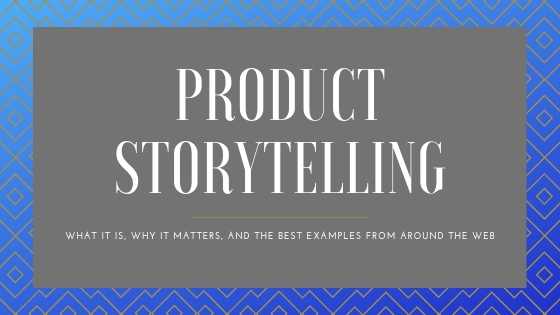
What is Product Storytelling?
If you work in marketing or eCommerce, you’re also in the business of product storytelling.
Did you know that according to Stanford University, stories are 2200% easier to remember than facts and figures?
Maybe we should have told a story about that so it would stick in your head….
After all, features lists, sales jargon and soulless information can come off a little…robotic, and nobody wants to do business directly with a robot (yet).
That sort of message can also be difficult to trust, since most people in the modern era are bombed with marketing messages everywhere they look.
In some ways it’s no longer enough to simply sell the benefits and features of your product. Giving a story to go along with it humanises your brand and increases the chances that a potential buyer will relate to your message.
There are two different versions of this, although both are very similar and are often considered interchangeable:
- Product storytelling, as you’d expect, involves telling the story of a product – including why the company made it, some of the unique struggles they faced in doing so, and the changes it has made to their customer’s lives. This is generally much more tempting to potential customers than a basic list of features and facts as it tells them directly how this purchase could improve their lives in the long term and provides an inspirational outlook.
- Brand storytelling is very similar but involves telling the story of the brand itself, humanising the story and explaining why the company was made and how it is differentiated from other businesses out there. It can also help encourage them to want to support the company itself, if they get invested in your backstory. If that happens, it’s very difficult for any other company to then win that loyalty off you.
People are so bored with simple, cold facts these days that trying to add a personal, inspirational, human slant to your brand or products is likely to catch consumer’s attention considerably more.
A consumer reading these stories and truly feeling a connection is more likely to not only buy from you but remain loyal to you too. If you read our blog regularly, you’ll know customer loyalty is and can be a goldmine in regards to your customer lifetime value.
Here we have put together some of the most effective storytelling examples from around the web, in order to give you some examples of what this looks like, and to hopefully inspire you to write your own brand and product stories too.

Before that, however, here are some tips for effective product storytelling:
How to Tell an Effective Product Story
1: Understand Why and When People Buy Your Product
In many ways, your product is a solution to your customer’s problems. Or at least, it should be.
Consider which problems, deficiencies or anxieties in their lives have led to them looking for a product along these lines, and what storytelling techniques could encourage them that your product is the answer to these problems and will improve their lives in the long run.
One way to do this is not just to sell the benefits of your product, but to sell the benefits of those benefits too.
In other words, tell them a feature of your product, then explain how this will aid them.
For example:
- “High capacity travel charger, so no more losing power at the worst possible moment!”
- “Louder speakers than ever to allow you to throw bigger and more riotous parties than ever!”
One powerful technique for this that was coined by Intercom, is Job Stories.
We recommend clicking through to their article to learn more, but Job Stories are a marketing template tool along the lines of personas.
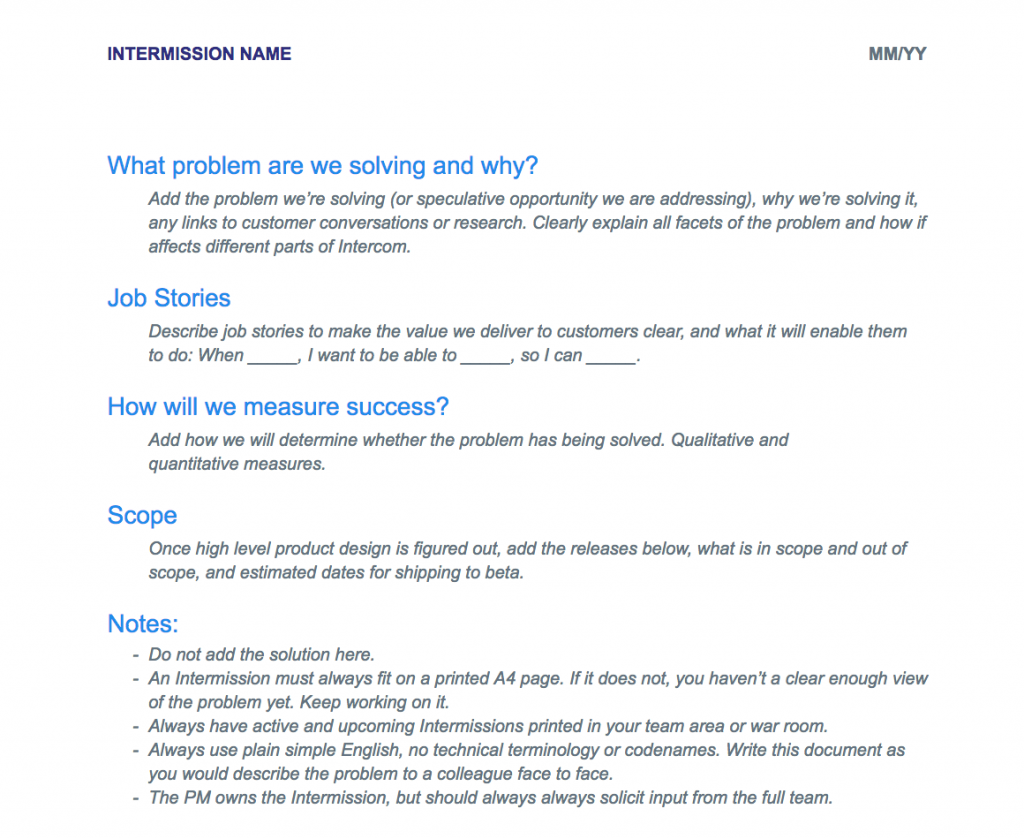
The basic idea involves filling in the following blanks:
When [situation] happens, I want to [motivation] so I can [outcome].
This allows you to write a story that would appeal directly to that person.
To create an example out of our previously mentioned benefits:
When my laptop dies while working on the train, I want a high-capacity portable charger so I can never deal with that problem again, and be more efficient than ever.
2: Provide the Appropriate Context
Ideally, you want to convince your potential customer that you understand their problems, relate to them and understand how to fix them.
Establishing stakes or urgency makes this much easier, as you aren’t just answering the question “why should I buy this?” but also “why should I buy this now?“
Connecting these stakes and feeling of urgency to one of the benefits mentioned earlier works well, for example:
“In today’s world, businesses with low employee engagement will see more and more loss of revenue and high staff turnover (urgency). Avoid becoming one of these companies (stakes) and energise your staff to achieve more than you thought possible (benefit) and reap the rewards in revenue (benefit of benefit) by using Example Employee Engagement Enterprises.
3. Avoiding Boring Feature Lists & Too Much Technical Data
You’ve likely heard this marketing saying a lot:
“You aren’t selling the product, you’re selling a solution”.
This is technically true, and potential customers don’t want to be too bogged down with meaningless industry words, technical jargon and fancy ways to say “great”.
For example, you’ve likely previously come across one of those feature tables comparing several of a business’s products, like this one courtesy of BusinessAnalysis:
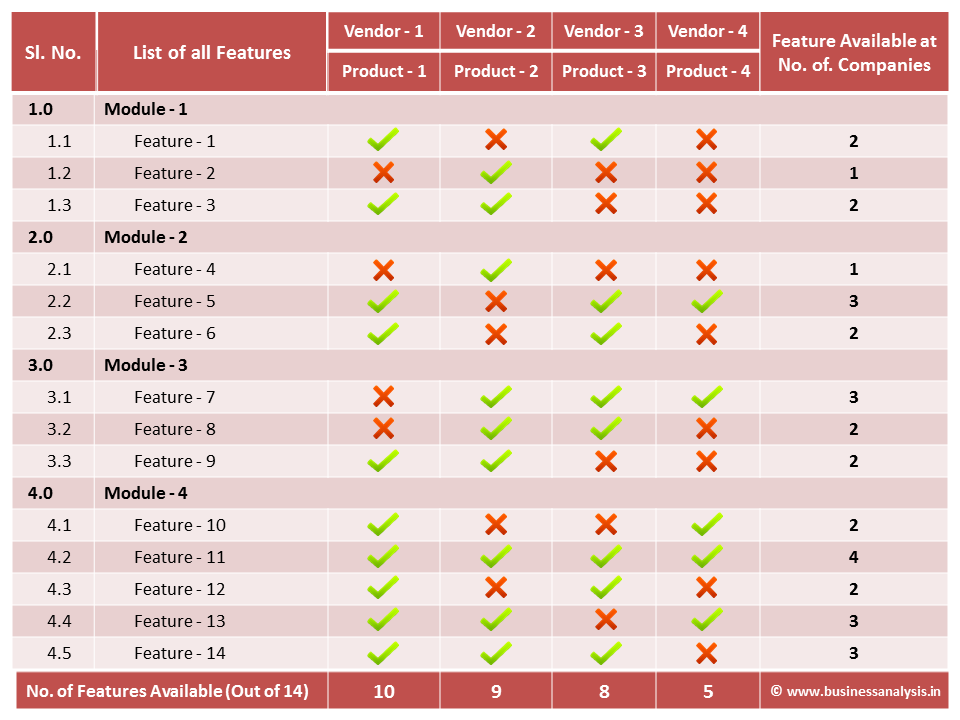
Now, while this may look cool, and if a customer has already decided to buy from you, it may well help them decide which product to buy – for an unconvinced site user, this contains way too much information to truly sell them, especially since there are no mention of any benefits or uses of the product. A business consumer may have the time and motivation to analyse it and compare the products in detail, but the average day to day online consumer probably doesn’t have the time or desire to look at that for more than 5-10 seconds.
Another way to think of it is this:
If you were trying to buy something, and one site tried to sell it to you through a complex table like this, while another one clearly and simply told you why you should buy it and how it could improve your life in a few sentences, which would catch your attention the quickest?
4: Stick to Your Message
Once you’ve settled on a product story that works, don’t assume you should update it and optimise it every now and then like you do with…all other aspects of marketing.
At the end of the day, telling the same story over a long period of time endears you to customers, teaches them what you stand for, and makes you appear to be a consistent and reliable entity in the industry.
Changing it every now and then will just make you seem like a liar, or inconsistent at best.
Not only that but having elements of your story across multiple marketing channels has the effect of giving customers a unified message and smoothly pulling them through your conversion funnel without any jarring changes in tone.
5: Test, Measure & Optimise
While it might seem like the last point was telling you otherwise, improvement should always be on the agenda.
Customer feedback and changes in sales numbers may well encourage you to make improvements to your product storytelling.
This should generally be alterations to wording, tone, technique etc, as opposed to changes to the story itself and where you tell it in terms of different pages on your site and different marketing channels.
But it’s no use just explaining how to do product storytelling in 2023. Let’s take a look at some of the most successful existing examples, and what we can learn from them:
Best Product Storytelling & Brand Storytelling Examples
With those pointers covered, let’s take a look at some of the most effective storytelling marketing examples from around the web:
Corona: “Hit the Ground Sitting. Find Your Beach”

Corona is regularly associated with beaches, relaxing, and summer holidays, so this one is a touch of genius.
“Find your beach” doesn’t mean you have to be on a beach to drink it, it means drinking it makes you feel like you’re on the beach. Considering a lot of people crave a beer for a break or a relaxing moment, this is a powerful persuasion technique that is possibly making you want one right now.
“Hit the ground sitting” summons up the same images – it’s time to chill like that chilled beer and do nothing until it’s empty – since we hit the ground running today and this slogan just reminded us of that too…not bad for 7 words!
Whirlpool: The Care Counts Programme
When Whirlpool, the home appliance brand, learnt that 4,000 children in the US missed school each day due to not having access to clean clothes, they launched a new programme of offering free washing machines and dryers to schools to help solve the problem.
As a result, 90% of the affected students saw an improvement in attendance, and 89% saw an increased in grades.
Choosing a social cause they cared about and being able to make a difference is already amazing, but the awards Whirlpool won and the press they received for this amazing brand story helped make them a household name too!
In this case, all Whirlpool had to do was care about the changes in the world they were capable of making, and then carry it out. People’s weakness for good news and heart warming stories took care of the rest.
Land Rover: The World of Land Rovers
Land Rover is a huge company at the top of the game when it comes to selling vehicles and controlling a very specific niche within that market, but The Land of Land Rovers is one of their most successful marketing campaigns yet.
This involved telling the real-life story of two small towns in the border area between Nepal and India, where a fleet of 60-year-old Land Rovers are maintained to allow safe and regular transport between the two villages.
This excellent piece of brand storytelling works for many reasons:
- It is based on a true story that illustrates how hard wearing, long lasting and trustworthy the vehicles are
- The truth of the story is easily checkable by anybody who is curious
- It adds a human element and shows how the product has quite literally changed life for people in the area
- It subconsciously makes us think, “if they are good enough to work there, they can handle anything my area can throw at them” as well as “the new models must be even better!”. Subconscious messaging is always good – remember, “show, don’t tell”.
Burt’s Bees: The Greater Good
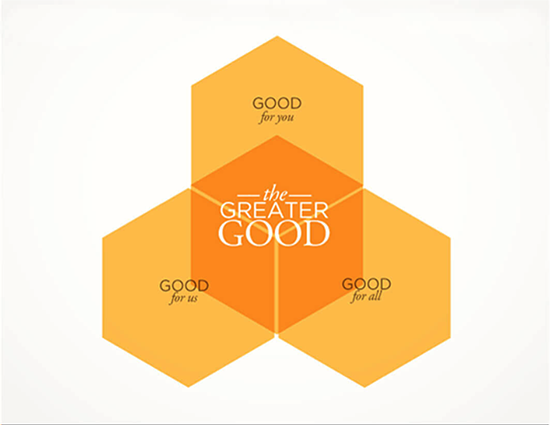
Burt’s Bees is a skincare and body care brand that creates a huge range of healthy, natural products out of beeswax.
Their site not only has a full “About Us” page as you’d expect but also has pages like “History” and “Our Purpose”.
Burt’s Bees is fully carbon neutral, has sustainable packaging, and runs campaigns around saving the bees, including YouTube videos introducing their own hives and have even donated thousands of planted wildflowers to the cause of bee conservation.
This is a brand that knows what their audience cares about, and how to be completely transparent and genuine in going after this, making it easy for customers to feel aligned and loyal to them.
With environmental concerns becoming more and more important, and bees being a crucial part of that, it appears Burt’s Bees are going to be successful for the foreseeable future.
ZenDesk: ZenDesk Alternative

This is an amazing example of how storytelling combined with humour can be one of the most powerful brand tools, as long as the humour is pulled off well.
ZenDesk is, of course, a customer service solutions company, but ZenDesk Alternative is a fictional band they have made up, who’s ongoing story begins with them being frustrated at ZenDesk for stealing their name, before eventually admitting that they need their help to manage their customer service processes.
It even ends with a catchy song, making this a brilliantly creative and memorable story that, while technically false, goes a long way toward giving ZenDesk mindshare in the industry and making people feel comfortable dealing with them.
Harley Davidson: Enough With the Flowers

This one is slightly different but shows how thoughtful planning and unified messaging can open up new audiences without negatively affecting existing ones.
In 2011, Harley Davidson motorcycles realised that their ongoing association with “masculine” men and lack of engagement with women on any large scale was not only limiting their reach but could potentially be considered problematic in today’s climate of socially conscious business.
However, they also couldn’t just make a feminine bike or marketing campaign, as this could simultaneously be seen as patronising to women and make their existing audience feel like the brand had turned their back on them.
The result was “enough with the flowers”, a storytelling campaign that focused on the bad-ass women that already rode Harleys, and the frustration they might feel with the expectation of fitting a certain stereotype.
A new section of their website focused on getting women involved too, and the end result is a pretty subtle campaign that inverts expectations and helps to make females that want to be badass bikers feel comfortable doing so – opening up Harley to a whole new audience in the process.
Hopefully, these examples have given you some ideas – don’t be afraid to get in touch if you have some great examples that you think could be helpful here!
If you can make people associate themselves with your brand and want to follow your story, half of the battle is already won!
Keep your eyes to AmazonSEOCOnsultant for more marketing guides based on years of experience as the #1 Amazon SEO Agency, or fill in our proposal form to see what we could do for your business!
